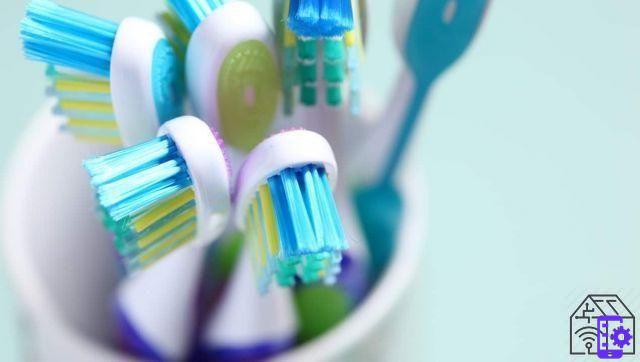
Punctual as every Monday, our column "How has it changed" is back. And this time we have chosen to tell you about the evolution of an everyday object that is impossible to do without: it toothbrush. The absolute protagonist of our nightmares as children - after all, let's face it, nobody liked brushing their teeth when they were little -. He is also one of our faithful beauty allies - but we only understand this when we are adults -. In any case, let's start immediately to discover the incredible history of this object.
The prehistory of dental hygiene
The term "prehistory" is by no means accidental. The practice of dental hygiene, in fact, seems to date back to 5000 B.C, at a time when the Egyptians used to use a specific paste for cleaning the teeth. An ancestor of toothpaste, which made its appearance in history long before the toothbrush. This came in fact around the 3000 BC, an era in which the first findings of the so-called "chew sticks“, That is, thin twigs with a frayed end that were used to remove food from the teeth. Of course, they were rather rough objects, the use of which was anything but healthy, but this attests that the practice of brushing teeth has very ancient origins.
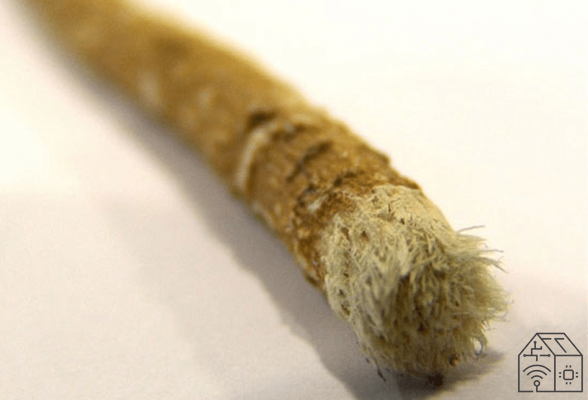
Over time, clearly, the toothbrush improved in appearance and function. The testimonies from all over the world tell us of objects with handles made of wood, bone and ivory, and rigid bristles made with hair of boar, pig or other animals. In 1223, for example, the Japanese Master Dogen Kigen reported seeing, during a trip to China, some monks brush their teeth with a toothbrush made of ponytail hair attached to a ox bone stick. Once again an object very far from what we know today, albeit incredibly functional. But if that's the case, when was the first real toothbrush created?
The first toothbrush of the modern era
Having clarified that the practice of dental hygiene has a very ancient origin, you will be amazed to know that the first real toothbrush produced in series dates back to 1780. The invention is attributed to William Addis at Clerkenwold, held in a prison in England for causing some sort of popular uprising. In his years in prison he noticed that the method used to brush his teeth at the time, which consisted of using a rag with salt and soot, was not all that suitable. And he therefore tried to find a system that was more functional and practical. It was his intuition to use a small one animal bone as a base, to puncture it and to pass some bristles - which he had found, we don't quite know how - to create a useful object for cleaning teeth.
According to some, the first rudimentary toothbrush in Addis consisted of an animal bone on which he had sealed some human hair, perhaps stolen from a guard. A somewhat macabre, albeit effective, solution. But fortunately it seems to be a legend. What is true, however, is that once Addis was released, it dedicated itself to the mass production of toothbrushes, thus effectively launching a business. Thanks to his intuition, Addis became rich, but unfortunately he died too soon to enjoy his earnings. Despite this, however, he has left us with one of the greatest inventions of the modern age.
When the toothbrush becomes electric
After the invention of Addis, the dental hygiene industry has moved a lot to optimize the product, trying to make the toothbrush as functional as possible. Around 1938 the animal bristles were replaced by those of nylon, thus marketing the toothbrush just as we know it today. And as part of this continuous evolution, the first working electric toothbrush arrived in Switzerland in 1954, the Broxodent. Designed by dott. Philippe Guy Woog, was originally intended for people with limited motor skills and for orthodontic patients to support them in a simple practice such as brushing their teeth. In reality, within a few years it was realized that electric toothbrushes were useful to anyone, because they ensured a more accurate and targeted cleaning, taking care of a large part of the brushing work.
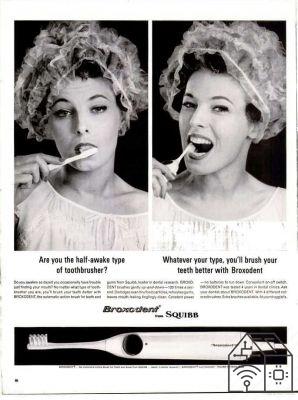
The real success of electric toothbrushes came in 1960 with the General Electric Toothbrush. A toothbrush in all respects similar to the Broxodent, which, however, differed in the feeding system. The new device, in fact, was equipped with a handle specially designed to accommodate rechargeable batteries with nickel cadmium. The Broxodent, on the other hand, had to be connected with a plug, which made its use more obsolete, as well as illegal according to the rules of the time. Despite this, it still remained one of the most used toothbrushes for decades.
Fortunately, technology has evolved, thus allowing increasingly functional products to be launched on the market. In 1987, for example, it was launched on the market Interplak, the first rotary action toothbrush for home use. And in 1992, in the United States, the first was recorded ultrasonic toothbrush. In short, products very far from the twig to bite of the ancient Egyptians. And we still don't know what the future holds.
Discount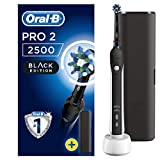 Oral-B Pro 2 2500 Electric Toothbrush With Two Modes Of ...
Oral-B Pro 2 2500 Electric Toothbrush With Two Modes Of ...
- Deep cleansing for healthy gums thanks to 3D technology and brushing pressure control on the ...
- For optimal cleaning: removes bacteria by removing up to 100% more plaque than a manual toothbrush ...
- 2 brushing modes: daily cleaning and gum protection
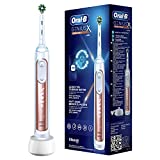 Oral-B Genius X Electric Toothbrush 6 Modes of ...
Oral-B Genius X Electric Toothbrush 6 Modes of ...
- Artificial Intelligence that recognizes your brushing
- Round head inspired by dentists' tools
- Control of the brushing pressure on the gums


























